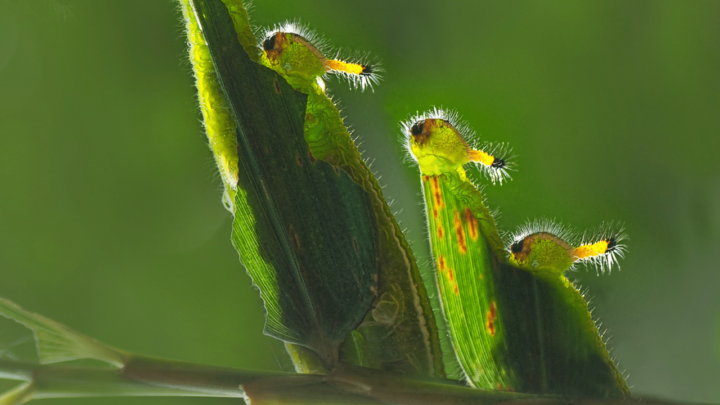So, you’ve spotted a 3cm green caterpillar in the Northern California area, and you aren’t sure what it is.
You’ve just encountered the cabbage looper or Trichoplusia ni. This particular caterpillar is both eye-catching and well camouflaged in the right conditions.
According to the University of Florida, this particular caterpillar can be found throughout most of the USA in summer. However, it only overwinters in the most southern regions of the USA.
What Is This 3cm Green Caterpillar From Northern California?
The 3cm green caterpillar from northern California is a cabbage looper (Trichoplusia ni). It is also known as the owlet moth. These caterpillars are considered medium-sized compared to other species and are found in various altitudes and terrains all along the Pacific Northwest and adjacent areas.
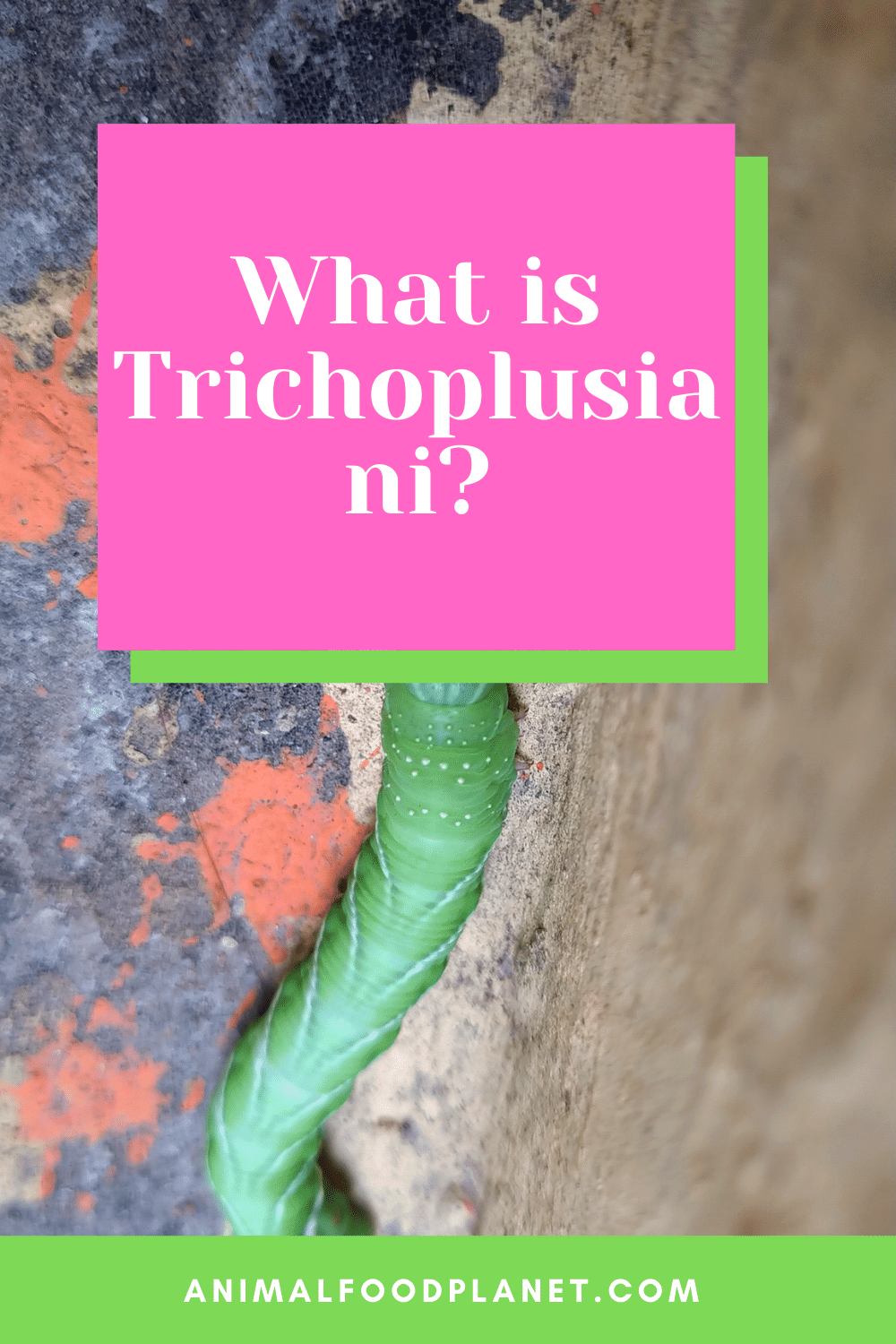
What Is This 3cm Green Caterpillar From Northern California?
What is this 3cm green caterpillar from northern California?
This caterpillar is approximately 3 cm long before it turns into a moth after its pupae state. The Trichoplusia ni is .
This specimen belongs to the Noctuidae family and has distinctive markings when it’s an adult moth.
The wings have a distinctive Y shape on the wings. This caterpillar also has a unique crawl that helps identify it accurately.
As the caterpillar inches along, it makes a distinctive shape as it moves along the plant, making a loop shape, which is also where it gets its common name.
The cabbage looper can live for 10 to 12 days and will lay anywhere from 200 to 700 eggs in its lifetime.
The average time it takes for the eggs to hatch in about one week, give or take a few days.
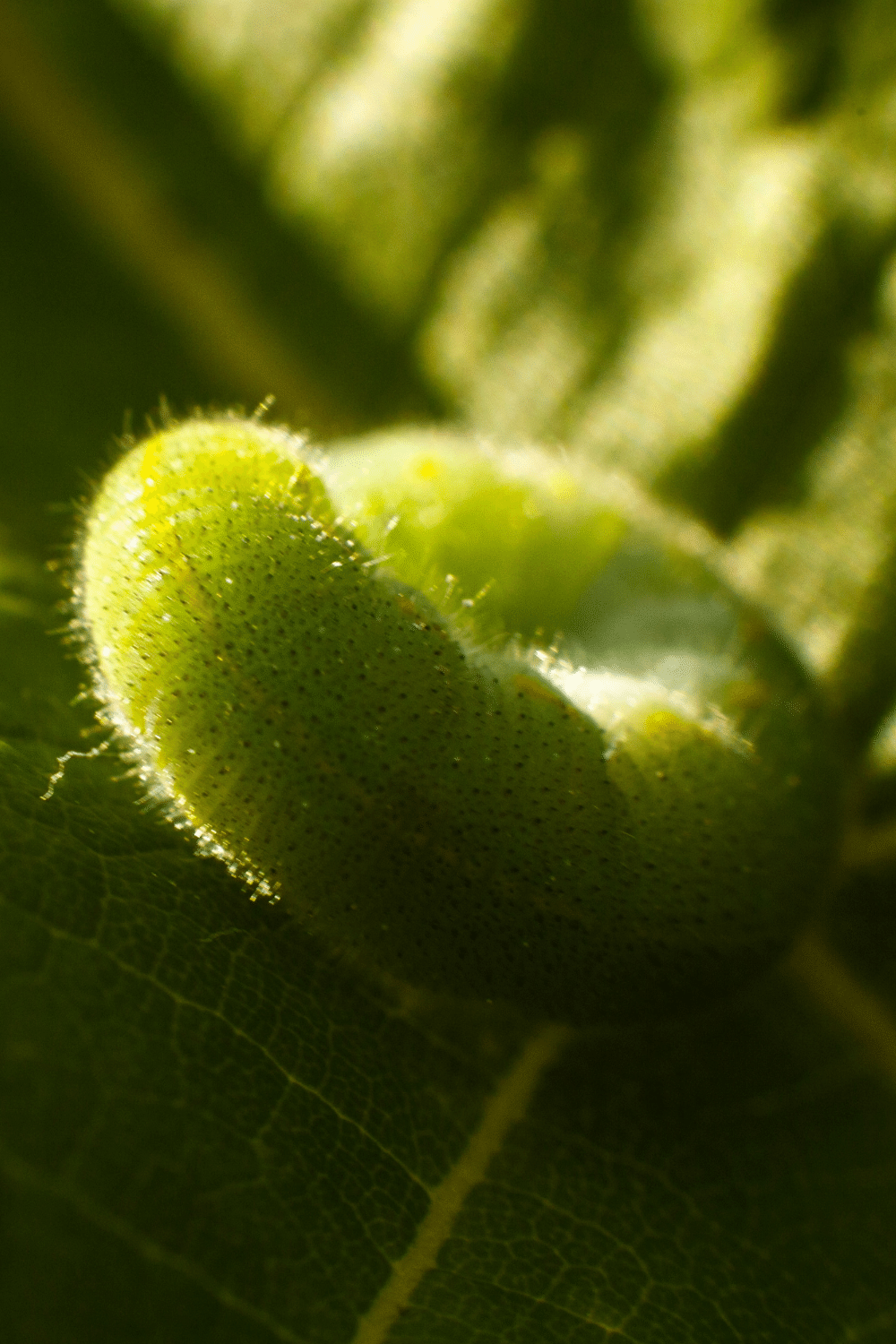
Cabbage Looper (Trichoplusia ni)
What Cabbage Loopers Eat
Cabbage loopers get their name from their preferred food choices, which are crucifers, including cabbage.
However, they also eat up to 160 other plants you’ll find in the area. Some other top choices include broccoli, bock choi, and the occasional radish.
Although the cabbage looper prefers to eat garden vegetables, it may also eat wild-growing plants in certain areas.
If you suspect you have cabbage loopers, you can identify them easily by checking the top or underside of the leaves for eggs.
The eggs are small round yellow eggs grouped in clusters on cruciferous plants.
Once they hatch, they begin to feed on leaves until it’s time for them to enter their pupa, also known as a cocoon.
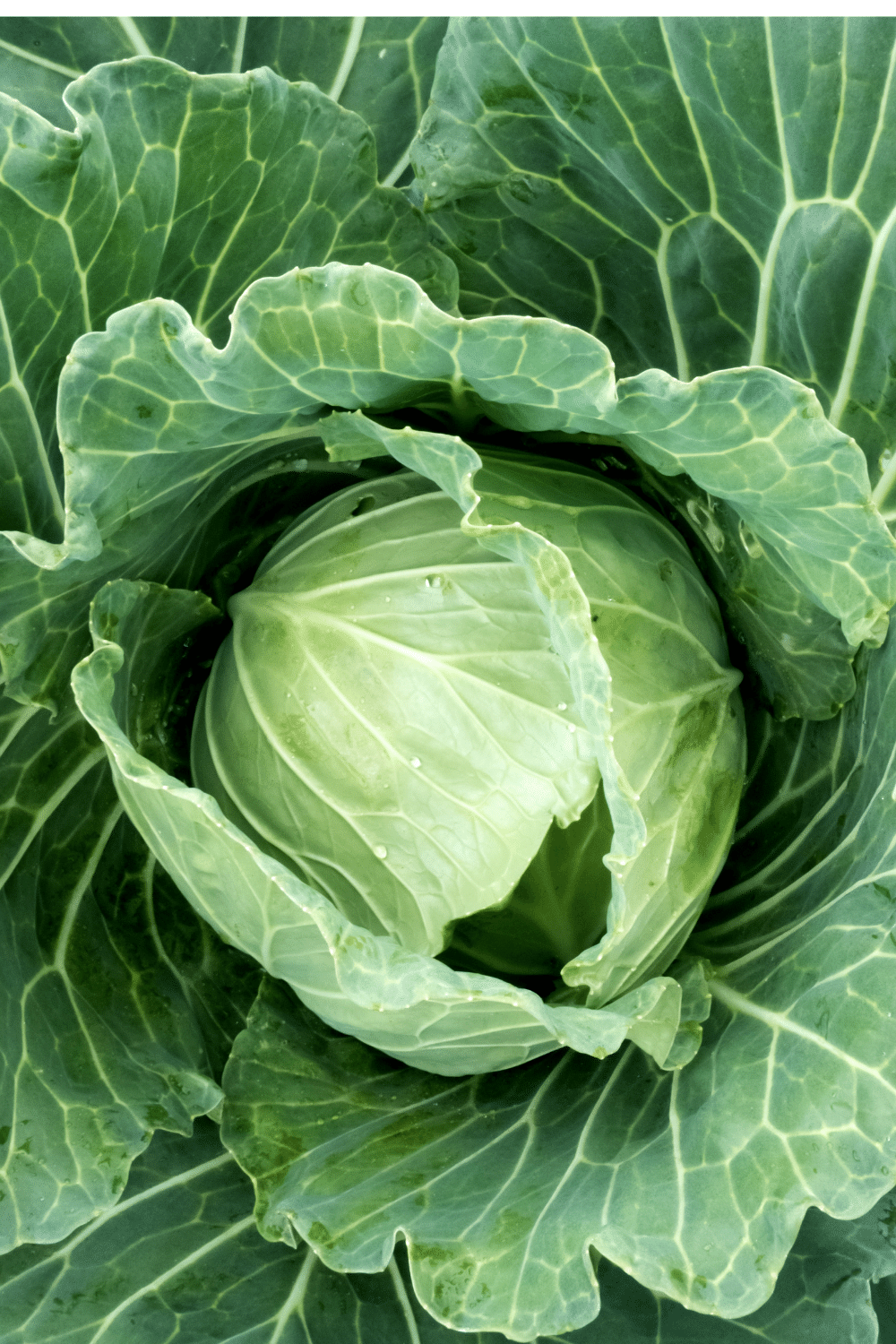
Cabbage Looper Prefers To Eat Garden Vegetables Such As Cabbage
Why the Cabbage Looper is Considered a Pest
The cabbage looper is considered a pest because it eats the leaves on its preferred types of plants, which usually interferes with the quality of plant harvests.
Although they are considered pests, they are minor pests that rarely pose a serious problem to crops unless they are allowed to multiply unchecked.
In some rare instances, they can have explosive numbers that wipe out an entire crop if they go unchecked. You can rid of them and save crops using a few tactics.
An excellent preventive measure to keep aware of their presence is to have pheromone traps located in and around the garden.
With regular attention to the leaves and preventive measures, most gardens should continue to thrive without significant damage to plants.
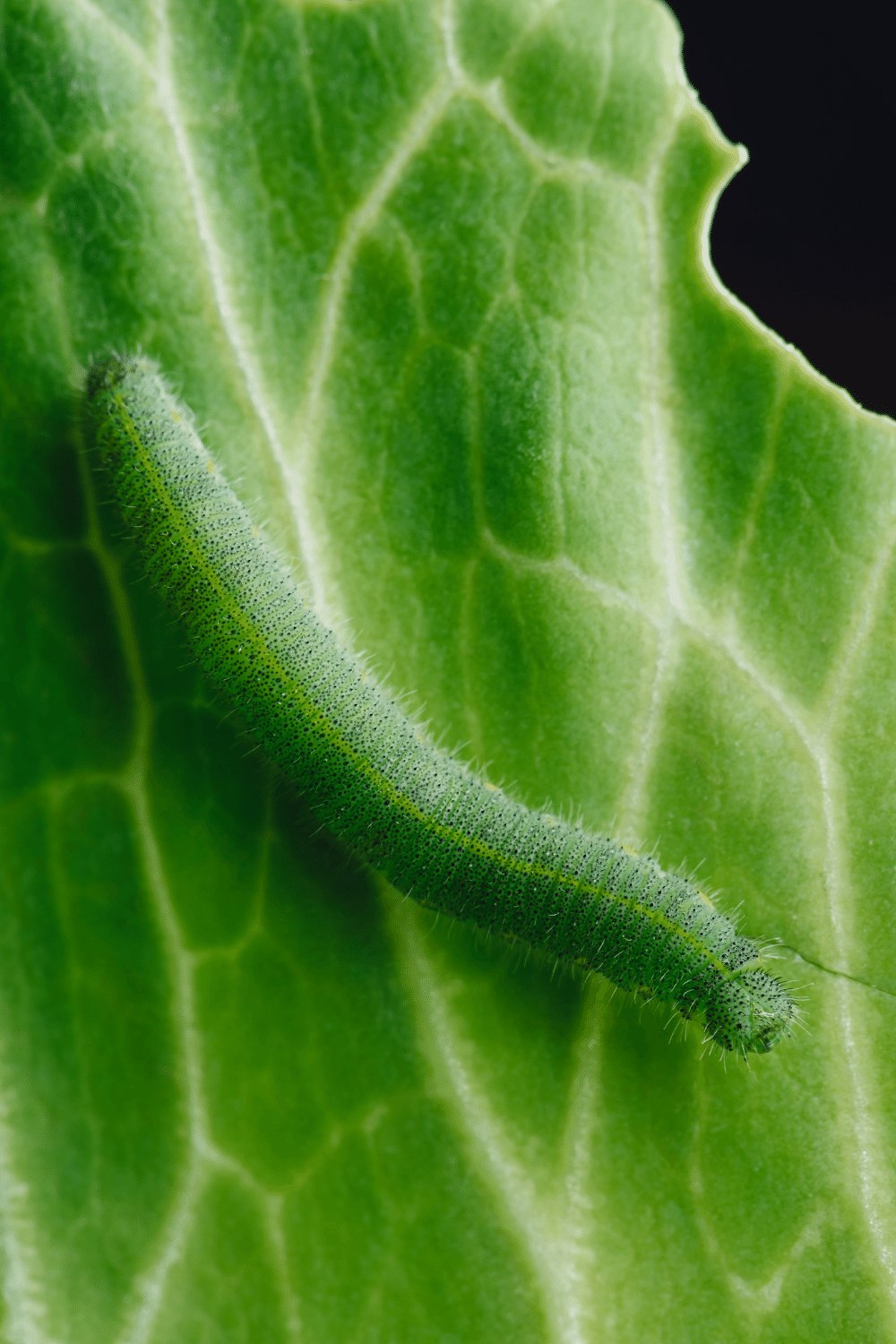
Cabbage Looper Is A Pest Because It Eats Leaves Of Plants
Getting Rid of Cabbage Loopers
There are several ways to get rid of cabbage loopers on plants.
Perhaps the best way to get rid of a small problem is to remove them from the underside of the leavers manually.
For a natural approach, there is the option to use some essential oils.
Some people choose to use industrial-grade pesticides, but it’s essential to understand that these chemicals can affect the safety of the vegetables once they are harvested.
Make sure to understand the ingredients in the pesticides and try to use a natural solution when possible.

Cabbage Looper Prefers To Eat Garden Vegetables Such As Cabbage
Cabbage Loopers on Non-Vegetable Plants
If you have cabbage loopers on your property, check to see if they would like to eat any of the plants that are not intended for consumption.
If you plan to grow certain flowers or common plants, they may pose a threat. However, if there isn’t a primary source of food that you want to cultivate, it should pose little concern.
If you plan to grow plants they prefer to eat, take the same precautions you would with vegetables and make sure any pesticides you use are safe for use on those particular species.

Make Sure To Use Pesticides Safe For Particular Species
Frequently Asked Questions About Cabbage Loopers
How do you keep cabbage loopers out of your garden?
The easiest method to keep the cabbage looper moth from landing on and laying eggs on plants is to put netting over plants that deter them from settling on plants.
There is also some mild pesticide dust that is easy to spread and doesn’t contaminate the plants.
Do cabbage loopers prefer a specific location?
Cabbage loopers tend to be found in and around California but can be found anywhere in the US.
They don’t seem to have much preference for elevation and will appear where their favorite vegetables and plants thrive.
Are cabbage loopers toxic?
Cabbage loopers aren’t toxic, but they threaten plants because they eat them until they turn into moths.
Conclusion
The cabbage looper, also known as Trichoplusia ni, is a caterpillar that lives in various areas of the US, especially in the Pacific Northwest and surrounding areas.
It becomes a uniquely marked moth that prefers to eat cruciferous vegetables of various species.
Cabbage loopers are named as such due to their preference for cabbage and similar produce.
If you notice these caterpillars in your garden, take some time to inspect the leaves for small, round light yellow eggs either on the top or the underside of the plant’s leaves.
It’s worth mentioning that, regardless of location, you can still attract cabbage loopers to your garden.
The best way to prevent them is to put netting over the plants to discourage them from landing and laying eggs.
If you notice these pests in your garden, you can remove the eggs manually for situations where there are only a few.
Natural oils or mild pesticide dust may be an effective solution for more severe infestations.
If not addressed early, an infestation can eat an entire crop rather quickly, so it’s important to take action as soon as you notice them on your plants.

